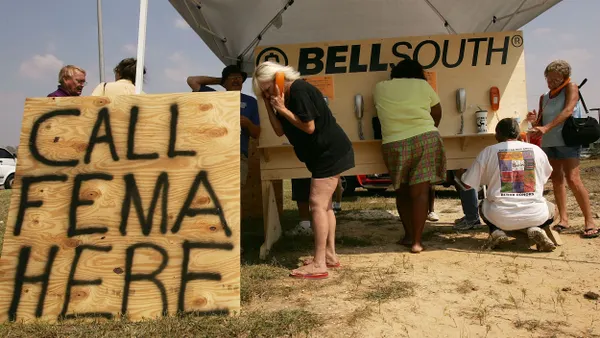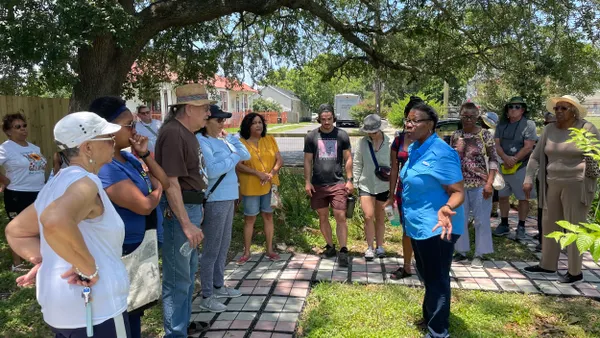Dive Brief:
-
The National Oceanic and Atmospheric Administration announced Thursday its National Centers for Environmental Information would stop tracking the cost of extreme weather and climate disasters in its Billion Dollar Weather and Climate Disaster database.
-
The product is being retired “in alignment with evolving priorities, statutory mandates, and staffing changes,” NOAA spokesperson Kim Doster said in an emailed statement.
-
Local governments used the database, which had tracked billion-dollar disasters since 1980, for budgeting and resource allocation, grant applications for federal aid, and planning and risk mitigation, climate advocates say.
Dive Insight:
The Billion Dollar Weather and Climate Disaster product is one of many databases NOAA is discontinuing amid the Trump administration’s ongoing targeting of climate-related programs and funding. President Donald Trump’s 2026 fiscal year budget proposal, released last Friday, calls for reducing NOAA’s overall budget by $1.52 billion, with most of the cuts to climate-related research, data, and grant programs, “which are not aligned with Administration policy ending ‘Green New Deal’ initiatives,” the budget proposal states.
The database has been an important data source for state and local governments to monitor public and private costs associated with climate disasters, according to Jesse Keenan, associate professor and director of the Center on Climate Change and Urbanism at Tulane University. The database tracked “very complicated systems of systems associated with measurement and instrumentation,” he said.
Cities and states could attempt to track the information on their own, but much of the data is only collected by the federal government, Keenan said.
“This data has been vital for local planning, budgeting, and informed policy decisions,” said Noah Fritzhand, research fellow for the Center for Climate & Security, in an email. “This elimination hurts our communities by reducing transparency and could hinder local government’s ability to advocate for federal resources or mitigate future risks effectively.”
Meteorologist Dave Jones, founder of StormCenter Communications, a part of the science-based Aspen Global Change Institute, said the billion-dollar federal database helped local officials understand where high-impact disasters were more likely to occur. Without the database, he said, “it will take a lot more effort to get this information.”
“They can’t rely on other private sector companies because none of them focus on this,” Jones said. “Some of them may try to pick it up, but NOAA had their own formulas for figuring out the billion-dollar disaster costs. So, it’s really a totally unnecessary cut and definitely ill-informed. Taking this information away from the people who need it sure as heck isn’t going to make the disasters go away.”
Doster said “all past reports, spanning 1980-2024, and their underlying data remain authoritative, archived, and available.” Additional details and the opportunity to submit comments are available at the NESDID Notice of Changes website, she said.











